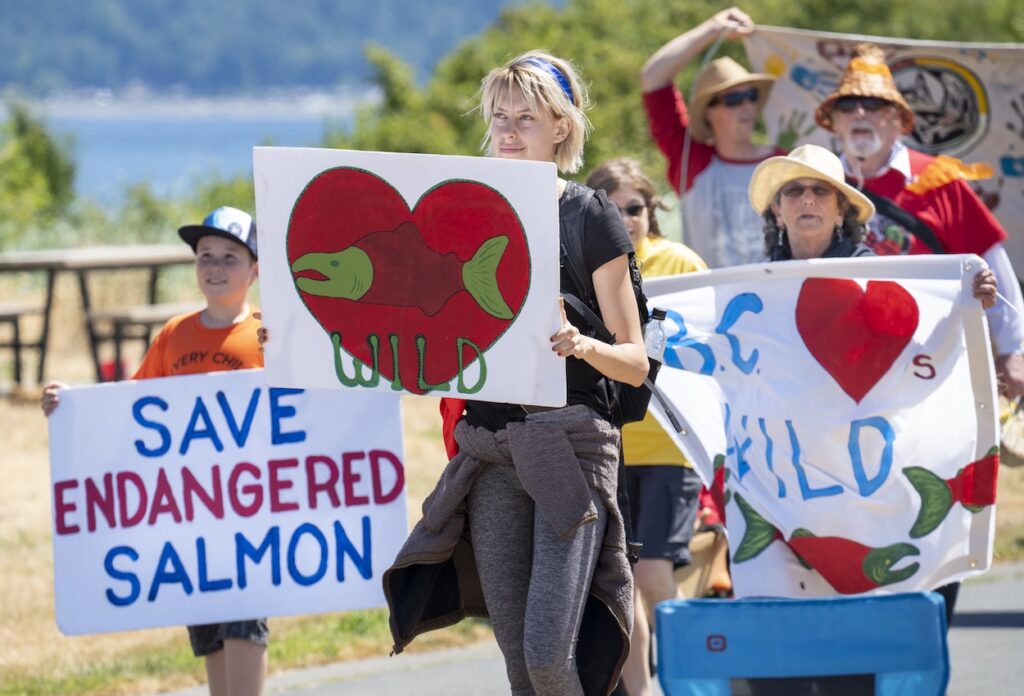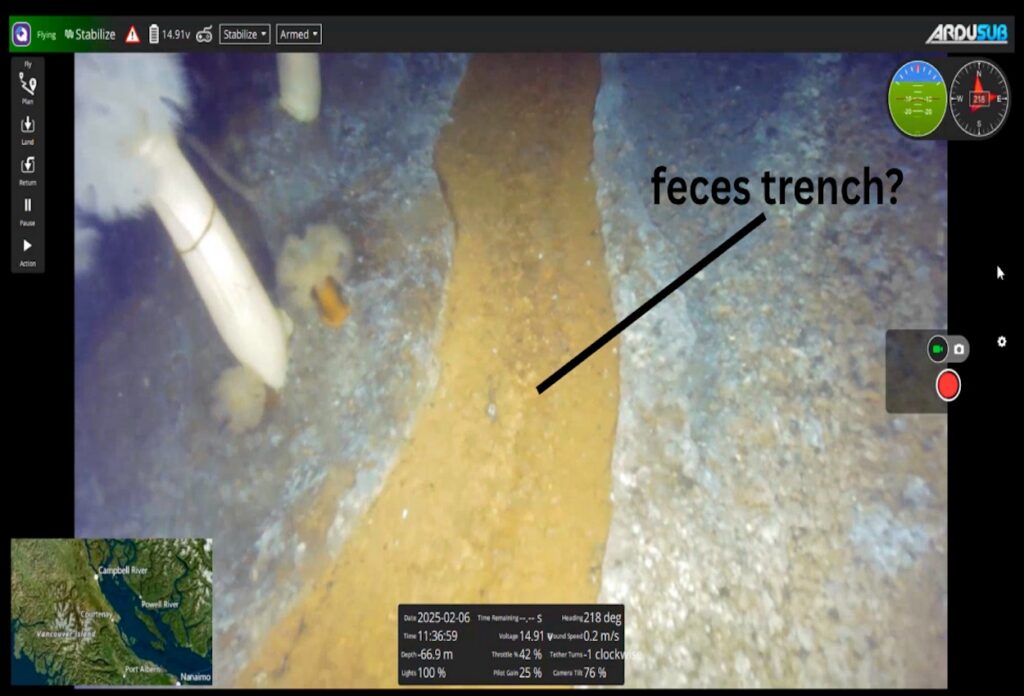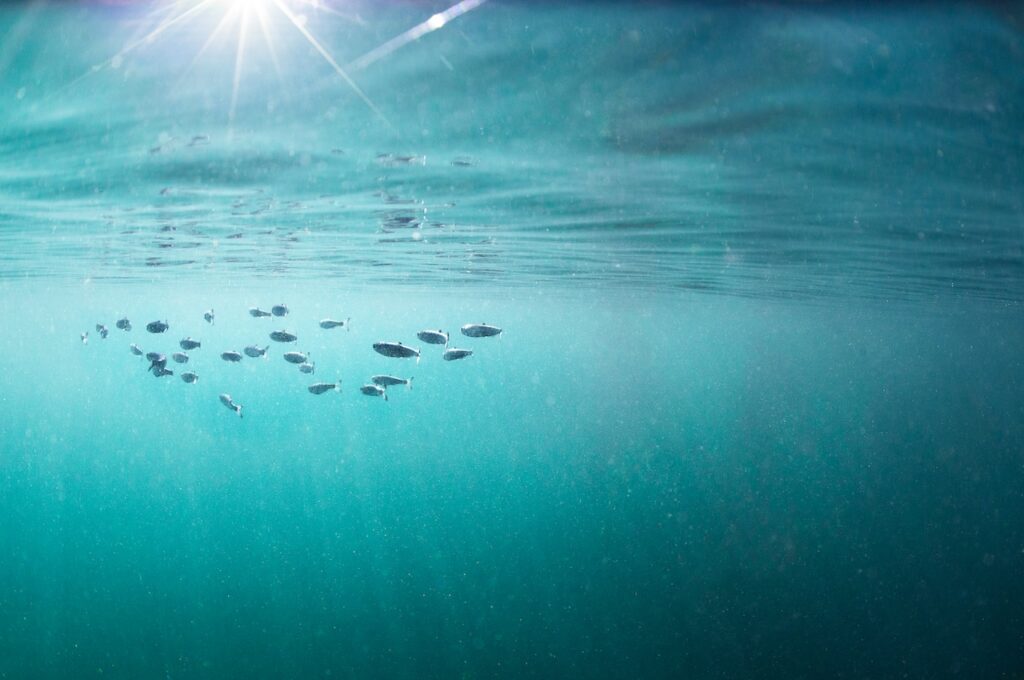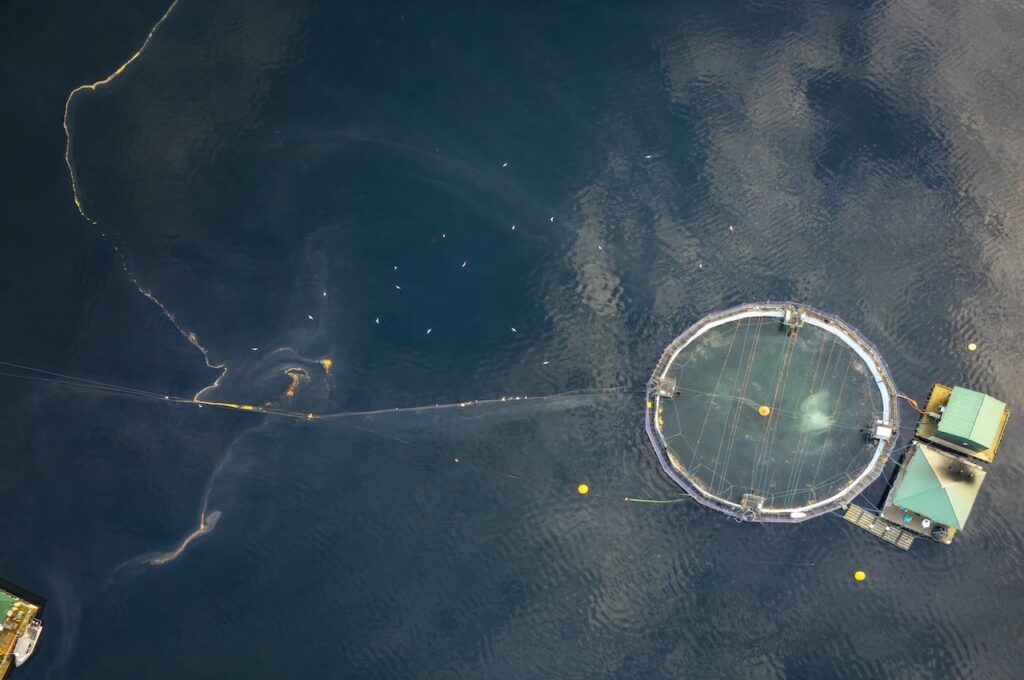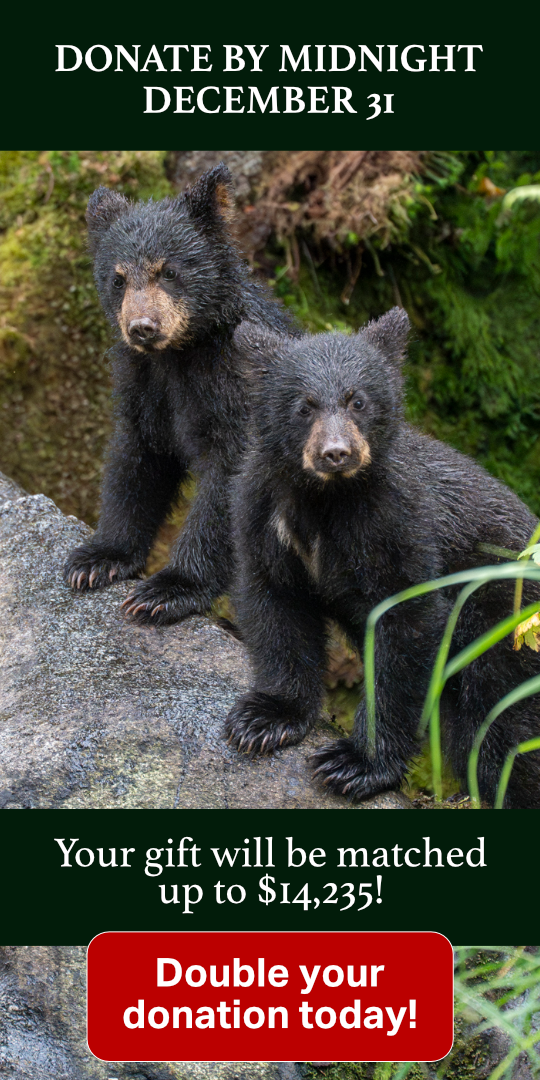In 1990 I took 3 months to circumnavigate Vancouver Island by kayak as a transition to my new life in Tofino. Coming around Estevan Point from the north, I caught my first glimpse of Flores Island, in Ahousaht First Nations territory. At that point I’d been paddling past horrendous clear cuts for over a month—most of the mountains on the west coast of Vancouver Island were logged bare during the 80s. Flores Island stuck out like a gem. There is something about seeing a landscape not dominated by industrial humans. It is so rare to see on Planet Earth at this point—it’s an incredibly healing sight.
It is not the same as a landscape where the devastation has been carefully hidden by engineers trained in hiding damage. Terms like ‘landscape logging’ or ‘Visual Quality Objectives’ do not encompass the fact that the beauty of a landscape is more than just visual. You can feel when the land is whole—the word whole has the same roots as the word heal.
In my first decade of paddling, I visited much of the BC coast. I would paddle in a locale once or twice, get to know a few place names, and think I was becoming familiar with the land. But I knew nothing of the indigenous names; or history of the people who had lived there for millennia—who still know the stories of the land, the connections of families, and are responsible for stewardship of that place, to hand it on to future generations in good condition.
Nowadays it is pretty rare for me to tie my kayak on a car to travel somewhere else. I tend to paddle right off the beach where I live, go as far as I can and still get back home in a day—Big Wild days. If I can get away for a week or more, it’s up the inlets to the backcountry river valleys.
There are several mountains which dominate the view from Tofino. Straight north is one called Wah-Nah-Jus in the Tla-o-qui-aht First Nations language, also known as Lone Cone. To the east is Hilth-hoo-is, named by early colonialists after a fur trader called Colnett. These two mountains make up the Meares Island Tribal Park. To the west is a mountain known in Ahousaht language as Chitaapii—in English, Catface Mountain.
Hishukish tsawalk—everything being one and interconnected
For twenty five years I’ve lived in the shadow of these three mountains. Nuu-chah-nulth thinker N̓aasałuk (John Rampanen) spoke in Tofino a few years back. He said in part “Our people are people of the land, and of the water. We are closely connected, our concept of hishukish tsawalk—everything being one and interconnected—has a deep significance to us as individuals, and as families and as communities. We understand and appreciate that there’s a spirit in the land; there’s a spirit in all that surrounds us. And we are but one spirit—the humans, that are surrounded by many other spirits that share this particular space with us. And each of you are a spirit that shares the space with us as well. So we are all people of the land; we are all people of this land—we share this space together.”
It’s a concept now beginning to be understood by Western physics. In school many years ago we learned about electrons orbiting an atomic nucleus much as planets orbit stars. Turns out reality is a bit more complicated. Particular electrons have a habit of being associated with particular nuclei, but could be far away at any given time. The atoms in the forest around my home are sharing space with my atoms. As Walt Whitman put it back in 1855: “Every atom belonging to you, as good belongs to me.”
Travelling under human power means I can only get so far away from home and back in a day—twenty miles total on a good day, so ten miles out. As my body travels slowly through the Sound, the mountains I am so familiar with begin to move. By the time I’m enjoying a picnic on some remote beach, or perched on a rock way up an inlet, I have a very different view of these mountains than when I began. It’s fun to spend time behind a mountain that I live in front of.
As the day winds down and I begin to paddle home, the mountains begin to move again. I can tell when I’m getting close to home, not just in the two dimensional world of my place on the nautical chart, but also in three dimensions. The peaks of Wah-Nah-Jus and Hilth-hoo-is climb higher and higher as I approach, then settle into a position which feels normal as I return to the beach where Bonny & I live. Finally the cedar forests surrounding our cabin climb high, blocking out any view of the mountains—but I can still feel them looming above, less than a mile away, dominating my space. Then I feel that I’m back home.
Dan Lewis is Executive Director of Clayoquot Action.
